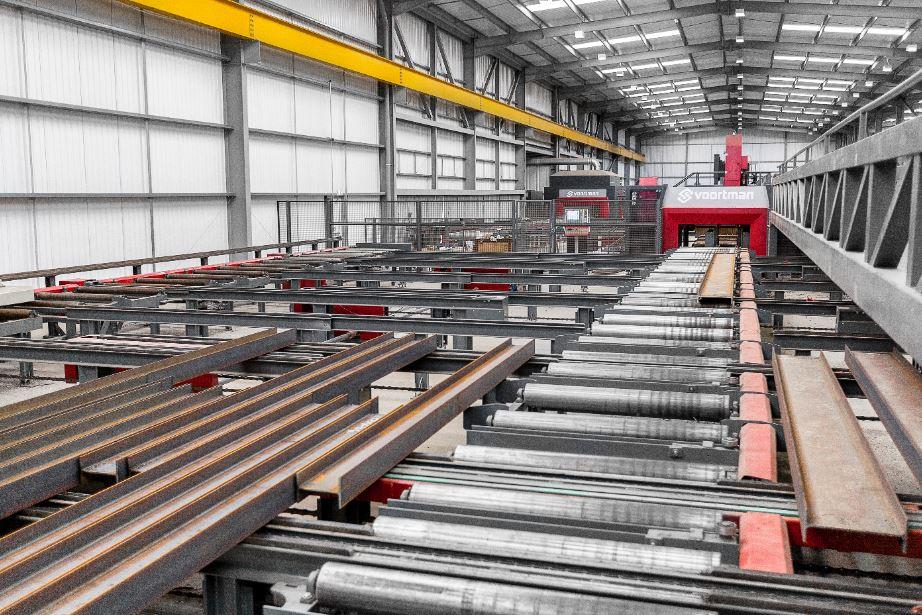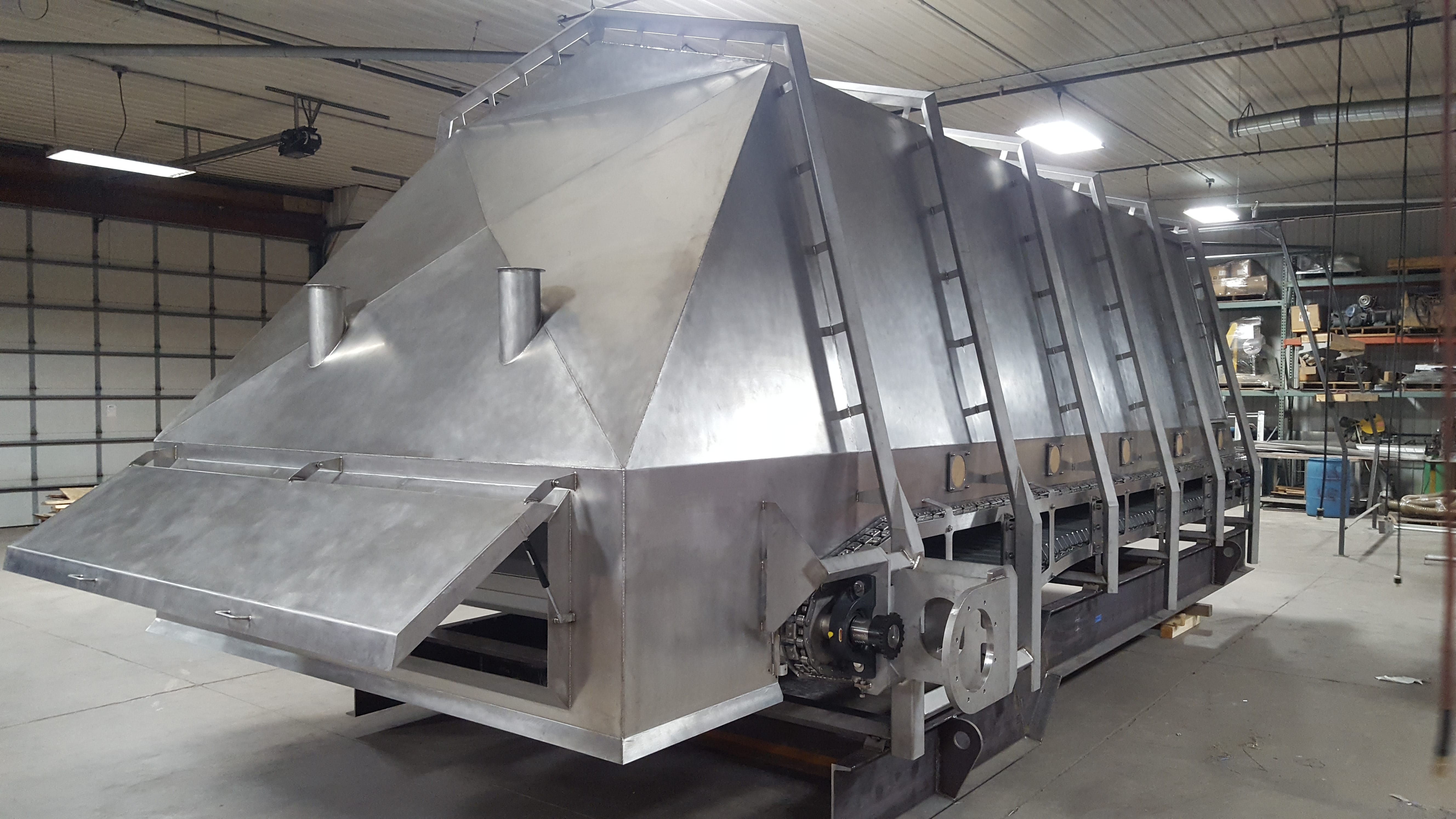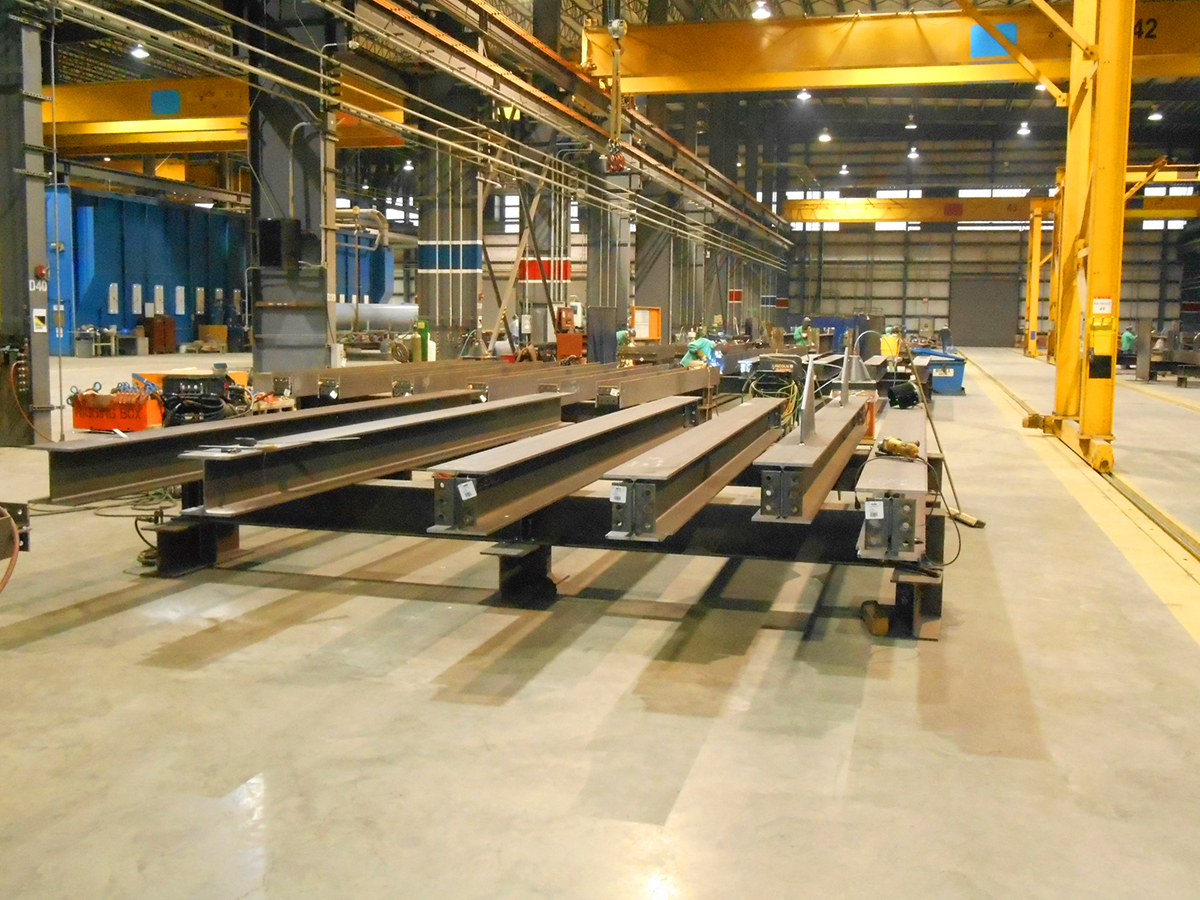Advanced Steel Fabrication Melbourne: Structure the Future Today
Advanced Steel Fabrication Melbourne: Structure the Future Today
Blog Article
Cutting-edge Fads in Steel Manufacture: Enhancing Resilience and Precision
In the world of steel fabrication, the search of sturdiness and precision has actually led to a wave of innovative trends that are improving the industry. These patterns are not just shaping the existing however additionally laying the groundwork for the future of steel manufacture, promising more enhancements in resilience and accuracy.
Advanced Welding Technologies
In the realm of steel manufacture, the fostering of cutting-edge welding innovations has dramatically revolutionized the industry's technique to accomplishing remarkable top quality and accuracy in architectural welds. Advanced welding innovations, such as laser beam welding and rubbing stir welding, have emerged as game-changers in the area. By leveraging these advanced welding strategies, steel producers can raise the resilience, toughness, and precision of their structural welds, satisfying the significantly requiring needs of contemporary building and construction tasks.
Robotic Automation in Fabrication
Accepting robot automation has come to be a keystone of contemporary steel manufacture practices, simplifying procedures and enhancing efficiency across the industry. Robots are reinventing the method steel components are manufactured, supplying unequaled precision and rate while reducing human error. These automated systems can take care of repetitive tasks with regular accuracy, causing better output.
One trick advantage of robotic automation in steel construction is the capacity to function around the clock without tiredness, dramatically increasing production outcome. This continual procedure minimizes downtime and speeds up job timelines, inevitably conserving costs for producers. Furthermore, robots can be programmed to do detailed jobs that might be hazardous or challenging for human workers, improving safety in the office.
In addition, robotic automation enables seamless assimilation with other electronic technologies, such as computer-aided style (CAD) software and Web of Points (IoT) systems (steel fixing). This interconnected approach improves communication between various phases of construction, optimizing process and making certain real-time monitoring and control. As the steel manufacture sector remains to progress, robot automation stands apart as a transformative force driving performance and accuracy in making processes

High-Strength Alloy Growth
The advancement of high-strength alloy growth in steel construction is improving the sector's technique to boosting product resilience and efficiency. High-strength alloys are engineered to exhibit superior mechanical properties, such as increased tensile strength, toughness, and corrosion resistance contrasted to typical steel qualities. By including these sophisticated alloys into manufacture processes, suppliers can produce elements that stand up to higher stress and anxiety degrees and severe settings, resulting in even more long lasting and reliable final product.
One secret benefit of high-strength alloy advancement is the capacity to reduce product thickness without jeopardizing architectural stability. This not just causes lighter-weight components however likewise adds to cost financial savings and boosted efficiency in fabrication and setting up processes. The enhanced strength-to-weight ratio of these alloys allows for the design and building and construction of frameworks with higher load-bearing abilities while decreasing general weight.
3D Modeling and Simulation Software Application
Developments in steel manufacture processes have actually been significantly driven by the assimilation of sophisticated 3D modeling and simulation software program devices. These devices permit fabricators to produce thorough online versions of their jobs, allowing them to imagine the final item with accuracy before any physical job begins.

Sustainable Practices in Steel Production
Including sustainable practices into steel production processes is important for lessening environmental effect and making sure long-lasting resource accessibility. One key lasting technique is the adoption of energy-efficient modern technologies to decrease greenhouse gas discharges during the steel production process. This consists of utilizing renewable resource sources, such as solar or wind power, to power steel plants and implementing energy-efficient equipment to optimize power use.
One more essential facet of sustainable steel production is the accountable sourcing of resources. This entails making certain that the iron ore and various other resources used in steelmaking are gotten from navigate to this website environmentally pleasant advice and ethical sources. By promoting transparency in the supply chain and adhering to rigorous ecological requirements, steel suppliers can lessen the unfavorable effects of source extraction on neighborhood ecological communities and communities.

Conclusion
To conclude, the cutting-edge trends in steel construction such as innovative welding technologies, robot automation, high-strength alloy development, 3D modeling and simulation software, and sustainable techniques are boosting the durability and precision of steel products. These improvements are changing the steel manufacture industry by improving quality, efficiency, and sustainability. It is clear that the future of steel construction hinges on accepting these sophisticated innovations to meet the demands of contemporary building and production markets.
In the world of steel construction, the quest of toughness and accuracy has led to a wave of ingenious patterns that are improving the industry.In the world of steel manufacture, the adoption of sophisticated welding technologies has dramatically transformed the industry's approach to accomplishing superior quality and precision in architectural welds. As the steel fabrication industry continues to progress, robot automation stands out as a transformative force driving performance and precision in making procedures.
Additionally, recycling and reusing steel scrap and waste materials play a significant duty in improving the sustainability of steel production. steel fabrication melbourne.In verdict, the innovative fads in steel construction such as sophisticated welding technologies, robotic automation, high-strength alloy advancement, 3D modeling and simulation software program, and lasting techniques are improving the check here resilience and accuracy of steel items
Report this page